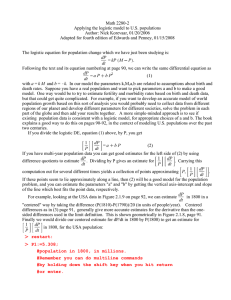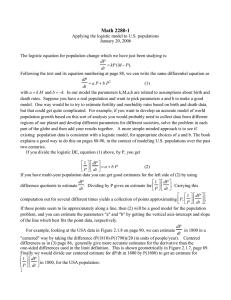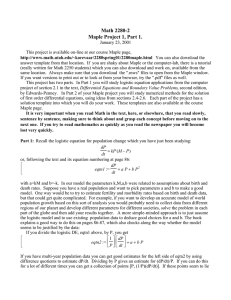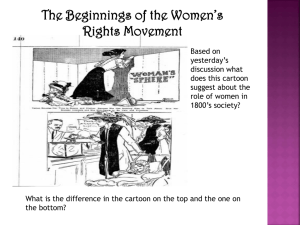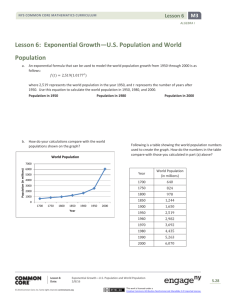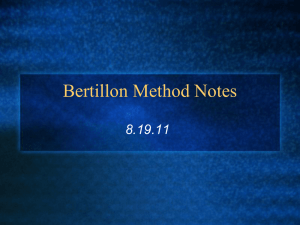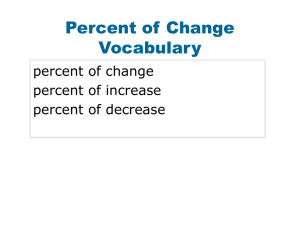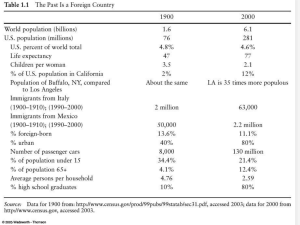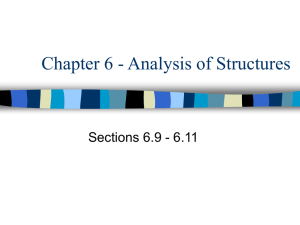Changing With Time: The Family Unit
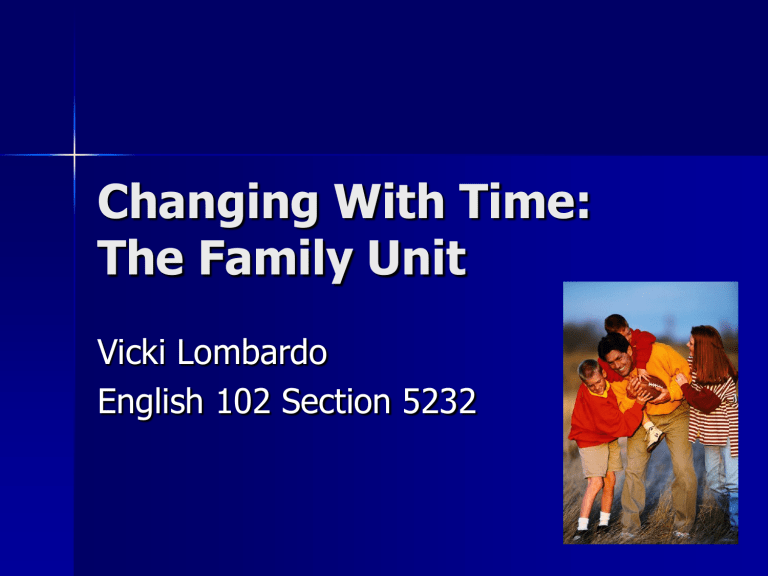
Changing With Time:
The Family Unit
Vicki Lombardo
English 102 Section 5232
When evaluating the family unit it is important to look at:
History
Major events that have pushed these changes
The roles each member played
To see how the family unit has changed look at:
The 1800’s
The 1900’s
Present Day Society
Arguments
Present
Day
1900's
1800's
1800's
1900's
Present
Day
The Family Unit 1800’s -
Present day
Men
Women
Children
The 1800’s
Men:
During the 1800’s the male played a very traditional role as the head of the household.
“white southerners honored aggressive male behavior and therefore encouraged it in their young sons.…family ties were stronger, and women played a more subordinate role” (Morgan 124)
The males job was to provide for their families, which most of the time consisted of manual labor.
The 1800’s
Men:
Jobs were held by men, and consisted of: railroad worker, journalist, political party activist and many more.
Due to jobs only being able to be obtained by males, when organizations made agreements they were coined as “gentlemen’s agreements” (Ingui
16).
The 1800’s
Women:
Women at this time played a passive role, with limited education, and whose purpose was to raise a family.
Women, who could not work at the time, would “raise their child to adulthood in their home” (Flanders 6).
Schooling for women was severely limited in the eighteen hundreds.
“Women were not allowed to continue school after grammar school” (Sheffield).
The 1800’s
Children:
Children were required to do a large amount of manual labor around the house.
“Milking the cows, fetching water, watching out for the younger kids, helping unpack and pack, herd the extra live stock, help cook, help with laundry, and fish and hunt for small game” (CNTENA) were some of the jobs children did.
Education for children was very limited and there were few laws that regulated education.
1900’s
Men:
During the beginning of this period it was still male dominated; however, by the end it was fairly equal.
It became more common for men to stay home.
Marriage fluctuated between its highest and lowest points during the era.
1900’s
Women:
Women took great strides for equality during the era.
– Suffrage Movement
– Politics
Took political offices
National and American Women Suffrage Association
(NAWSA) (Ingui 164)
Rise in women running the house
Rise in divorce
1900’s
Children:
Segregation during the 1900’s was a major issue and was working to be solved.
– Laws
“sit-in” in 1960
“Freedom rides” in 1961
Title Nine in 1972
They also had to deal with the emotional and physical consequences of divorce.
Present Day
Men:
Acceptable for them to remain at home
A problem not faced previously is some fathers becoming “Deadbeat
Dads” (Cabrera 127-136).
The family unit in turn lacks a male role model
Present Day
Women:
Women are considered equal:
– They have rights guaranteeing equality to obtaining a job and to vote.
– They no longer are forced to stay home.
– They can work instead of having to raise a family.
– Fair chance at education
– Hold Political office maybe even becoming president in 2009
Present Day
Children:
Have been granted a free public education
– Segregation not much of an issue
– Have laws regarding Special Needs students
Divorce is still a major issue for children; according to
CNN the divorce rate for the U.S. is at 50%.
In a nutshell
In examining the 1800’s,
1900’s, and present society, many changes can be seen in what is known as the typical
“American family unit.”
Without such changes the world would not be the same that it is today
Where will America evolve to next, with the next century behind us?
Sources
Angelo, Bonnie. First Families. New York: Harper Collins
Publishers, 2005.
Cabrera, Natasha. "Fatherhood in the 21st Century." Child
Development 71(2000): 127-136.
Ingui, Mary Jane. American History 1877 to the Present. New
York: Barron’s Educational
Mandell, Deena. Deadbeat Dads. Toronto: University of Toronto
Press, 2002
Roberts, Sam. Who We Are Now. New York: Henry Holt Company,
LLC, 2004
Scott, John Anthony . Settlers on the Eastern Shore. New York:
Facts on File Inc, 1991.
Sheffield, Wesley. “The Idea of Women’s Equality and its
Migration Throughout American
Taylor, Alan. American Colonies. New York: Penguin Group, 2001.

